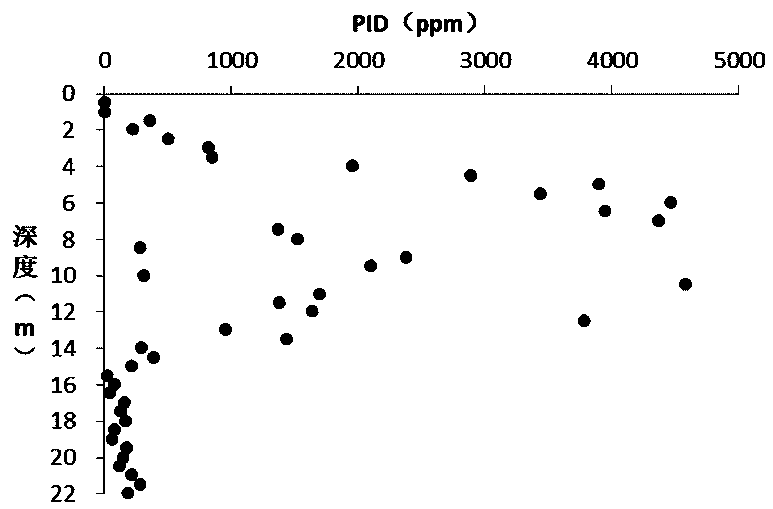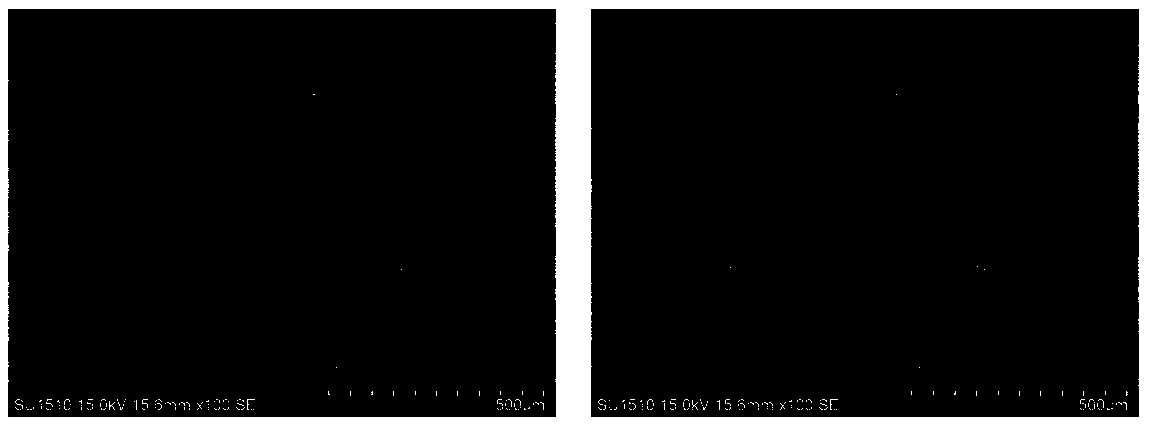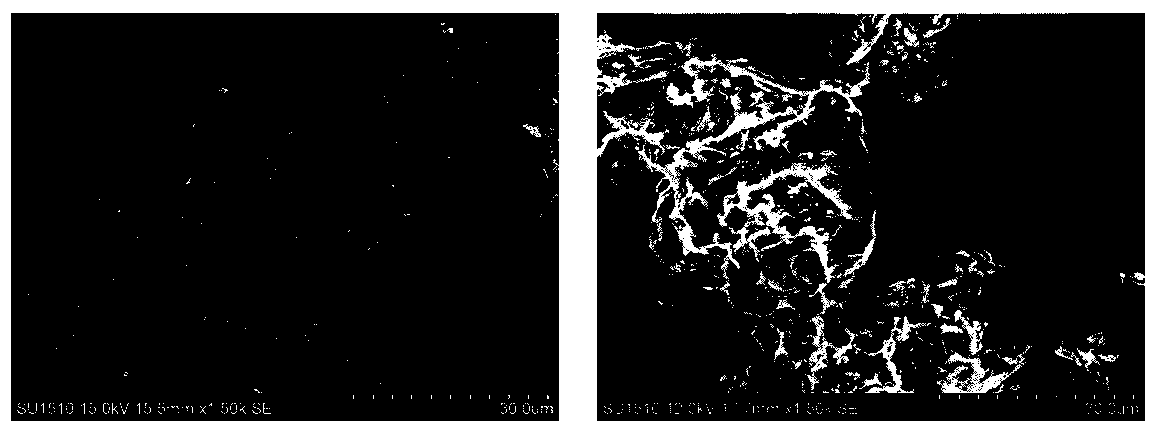Analysis and evaluation method for structural evolution of DNAPL contaminated cohesive soil
A technology for analysis, evaluation and structural evolution, which is applied in the fields of material analysis, permeability/surface area analysis, suspension and porous material analysis, etc. It can solve the problem of inability to judge the impact of pollutant migration due to changes in the microstructure of cohesive soils, and the low accuracy of geotechnical tests , secondary pollution prevention and control is difficult and other issues
- Summary
- Abstract
- Description
- Claims
- Application Information
AI Technical Summary
Problems solved by technology
Method used
Image
Examples
Embodiment
[0033] Embodiment: This embodiment specifically relates to an analysis and evaluation method for the structural evolution of DNAPL polluted cohesive soil. The analysis and evaluation method mainly includes the following steps in combination with examples:
[0034] (Step 1) Determine the basic environmental data of the target site, which includes environmental hydrogeological conditions and soil and groundwater environmental monitoring results.
[0035] (Step 2) According to the basic environmental data, collect undisturbed soil samples in the target soil layer in the target site, and use the photoionization detector PID to conduct rapid screening to ensure that undisturbed soil samples of non-polluted clay soil and DNAPL pollution are collected Cohesive soil undisturbed soil sample;
specific example
[0036] As a specific example, the sampling depth of the undisturbed non-polluted soil and DNAPL-contaminated soil is 22.3m, and the photoionization detector PID is used for rapid screening and detection every 0.5m, such as figure 1 shown;
PUM
 Login to View More
Login to View More Abstract
Description
Claims
Application Information
 Login to View More
Login to View More - R&D
- Intellectual Property
- Life Sciences
- Materials
- Tech Scout
- Unparalleled Data Quality
- Higher Quality Content
- 60% Fewer Hallucinations
Browse by: Latest US Patents, China's latest patents, Technical Efficacy Thesaurus, Application Domain, Technology Topic, Popular Technical Reports.
© 2025 PatSnap. All rights reserved.Legal|Privacy policy|Modern Slavery Act Transparency Statement|Sitemap|About US| Contact US: help@patsnap.com



